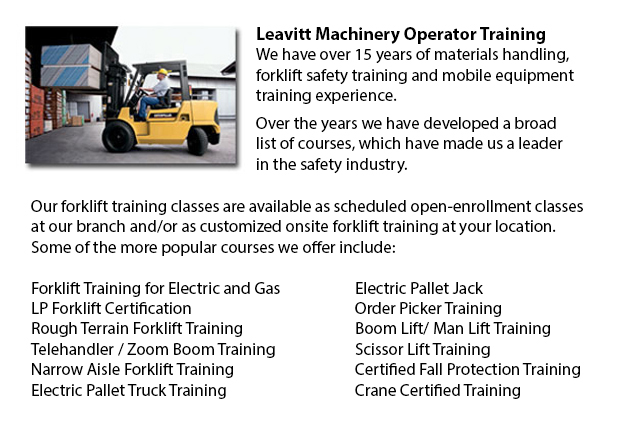
A pallet stacker is a type of pallet jack that is employed to transfer, stack and lift palletized cargo that are overly heavy for manual lifting. Its main function is to load and unload pallets on vehicles, as well as transferring pallets to and from various locations within a storeroom space or warehouse. For the most part pallet stackers are made of heavy duty materials to endure tremendous weights. Pallet stackers are sometimes identified as pallet jacks. They can be operated from a seated, upright or walk-behind position. Pallet jacks are separated into manual and powered types.
Pallet jacks are normally comprised of a pair of forks that are able to slide underneath a pallet, capable of lifting to a desired height or moving it to a specified location. The engine section or casing houses the gas-run, electronic or hydraulic gear that powers the instrument.
Manual pallet stackers are hand-powered. They function hydraulically to make hauling tedious pallets an easier task. Usually a walk-behind version meaning they are operated by pulling and pushing the jack to its desired location. Using a foot pedal or lever raises the stacker’s forks. Squeezing a lever or trigger returns the forks to the floor. These types of pallet stackers are perfect for lighter loads of up to approximately 1 ton or 907.18 kg.
Most stackers can accommodate the raising of heavy weights to around 5 tons with either the gas or electric versions. They are physically less demanding to control than the manual models due to the hydraulic power that elevates and lowers the forks. These models are steered by turning the handle in a specific direction. There is a button on the knob that functions to raise and lower the forks. A throttle set up on the stacker’s handle moves the machine forward and in reverse. This style of equipment is commonly referred to as a forklift and is used from a sit-down position.
Picking the right version of pallet stacker can be somewhat important as designs will have varying lift capabilities, along with varying fork widths. Some models of stackers might only tolerate two pallets to be loaded at one time, whilst other versions may be proficient to load multiple pallets. Some versions of these forklifts include an changeable fork in order to allow the stacker to slide under pallets of atypical sizes and shapes. These designs are useful when an assortment of kinds of pallets are used within a workspace.
-
Toyota Forklift
In the U.S., Toyota Materials Handling inc., or TMHU, continues to be the best selling lift truck provider since 1992. This business has been headquartered out of Irvine, California for well over 40 years, providing a wide-ranging line of quality lif... More -
Aerial Lifts
Aerial lifts can be utilized to accomplish numerous distinctive tasks done in hard to reach aerial spaces. A few of the duties associated with this style of lift include performing daily maintenance on structures with prominent ceilings, repairing ph... More -
Scissor Lifts
The scissor lift or platform lift, is a mechanized industrial lift that has been tailored to be used in retail, wholesale, manufacturing and production settings. Industrial scissor lifts have been used mainly within production and manufacturing facil... More -
Komatsu Forklift
Komatsu Forklift U.S.A. Inc. has a very good reputation for building dependable and resilient forklifts. Komatsu is recognized around the globe as a corporation with a prosperous heritage while preserving an outstanding benchmark of innovation and qu... More -
Boom Lifts
Boom lifts are equipment that has a platform that could be lowered or raised to many heights, thus making this piece of equipment an important necessity in a wide variety of professions. Offered in quite a few specific types such as aerial hoists, sc... More

Forklift Training Marysville
TOLL FREE: 1-888-254-6157
Marysville, Washington
forklifttrainingmarysville.com
Email Us
About Us


